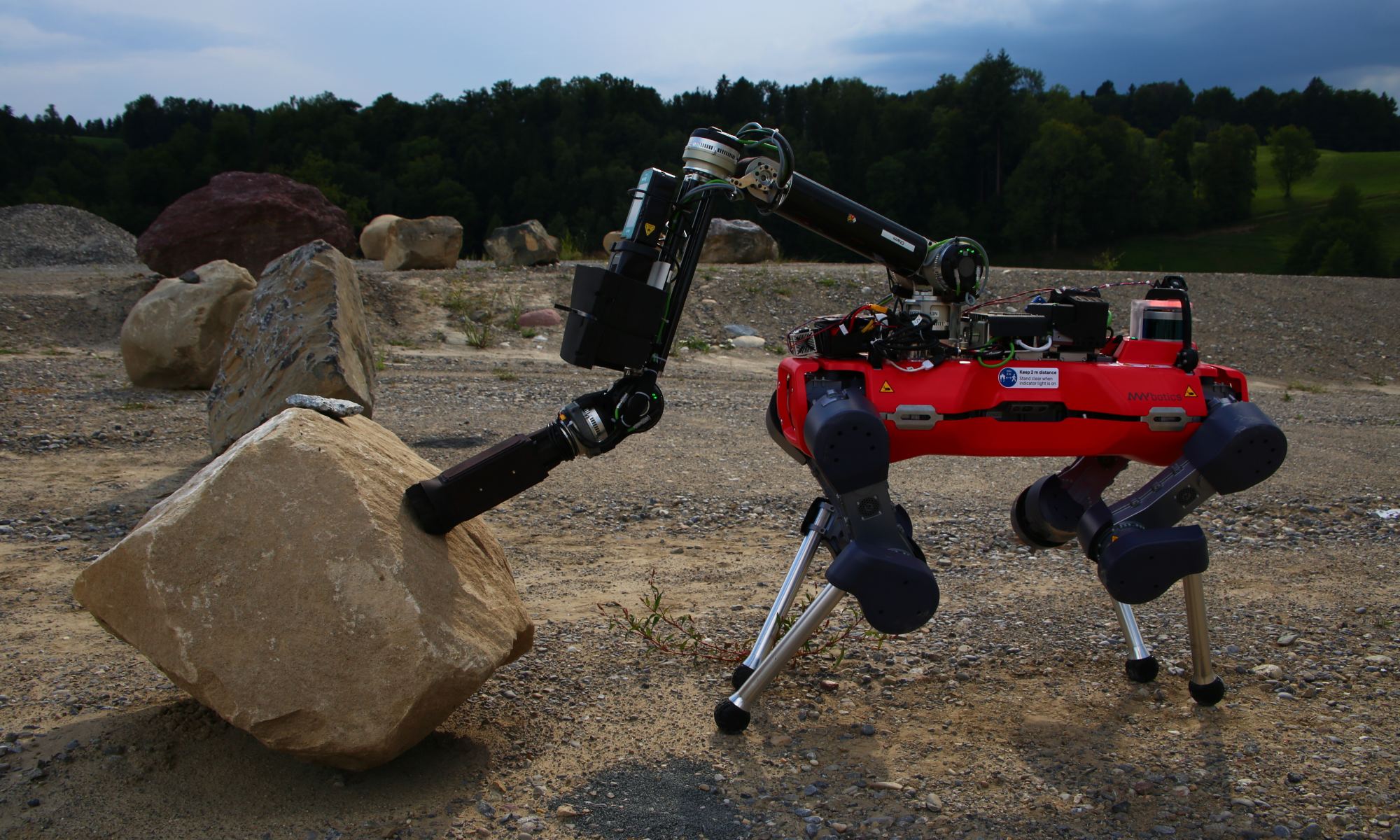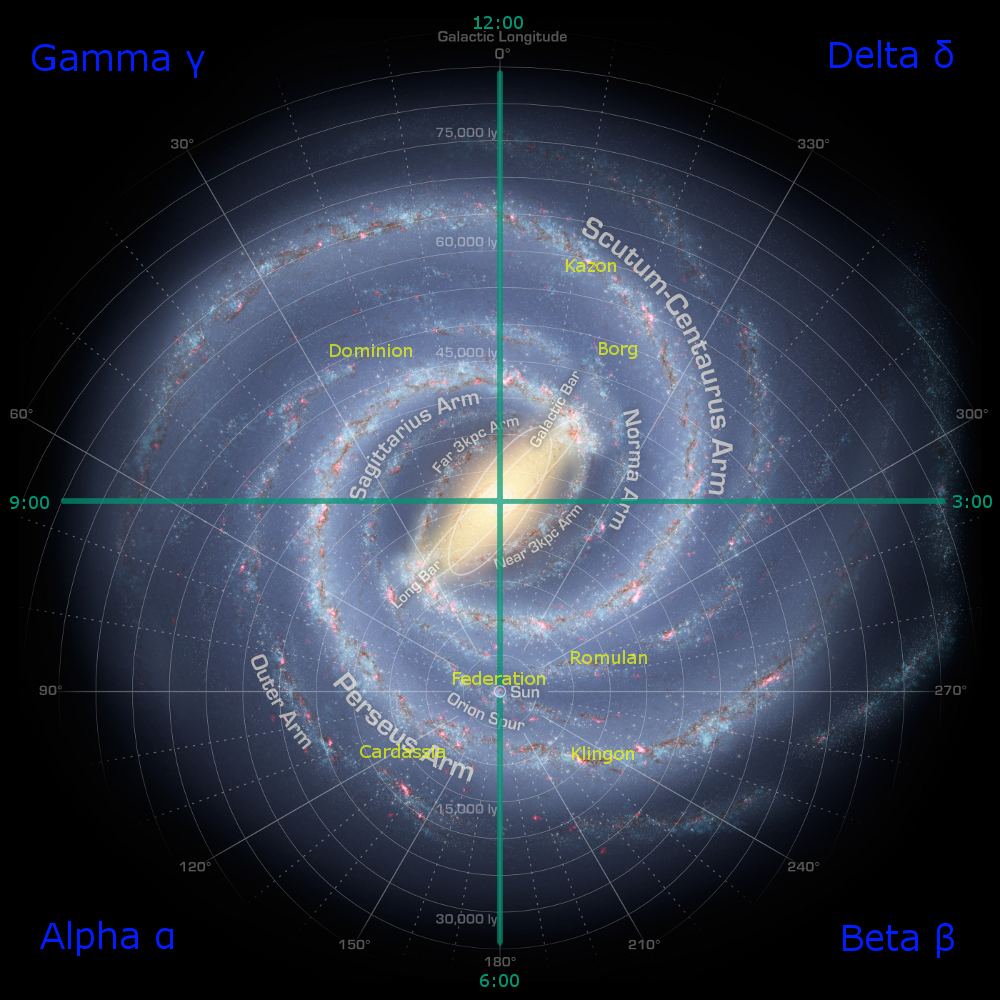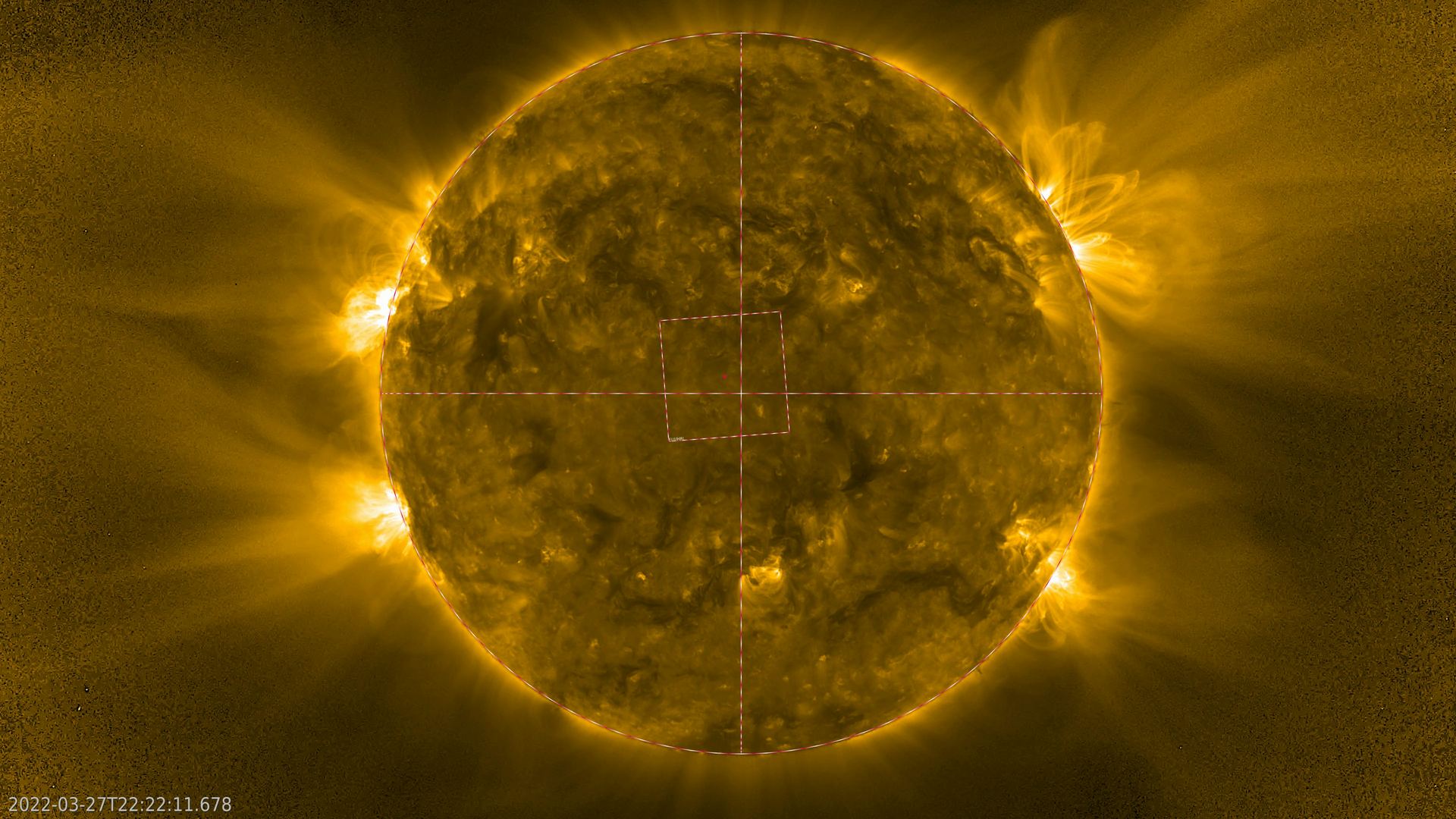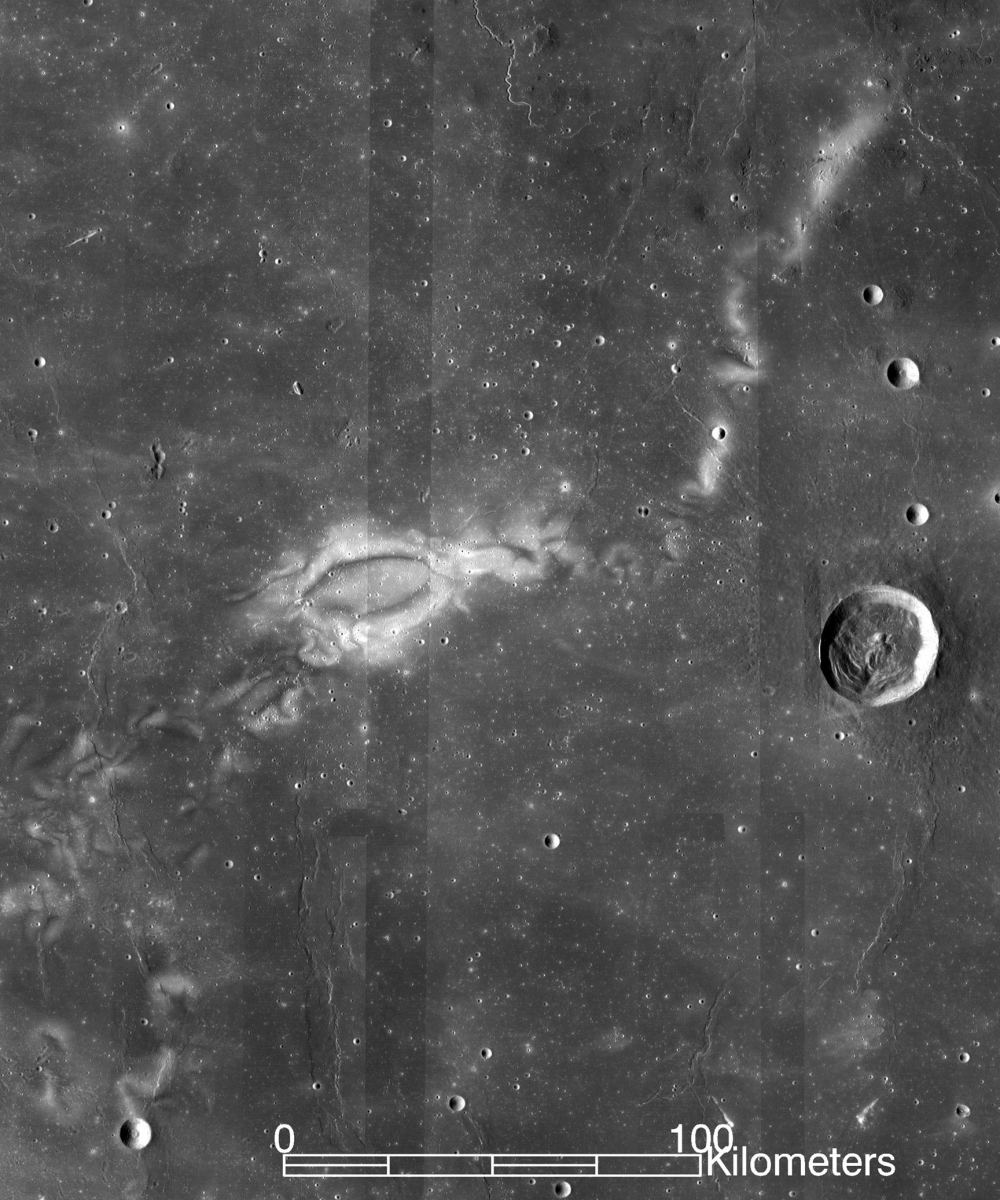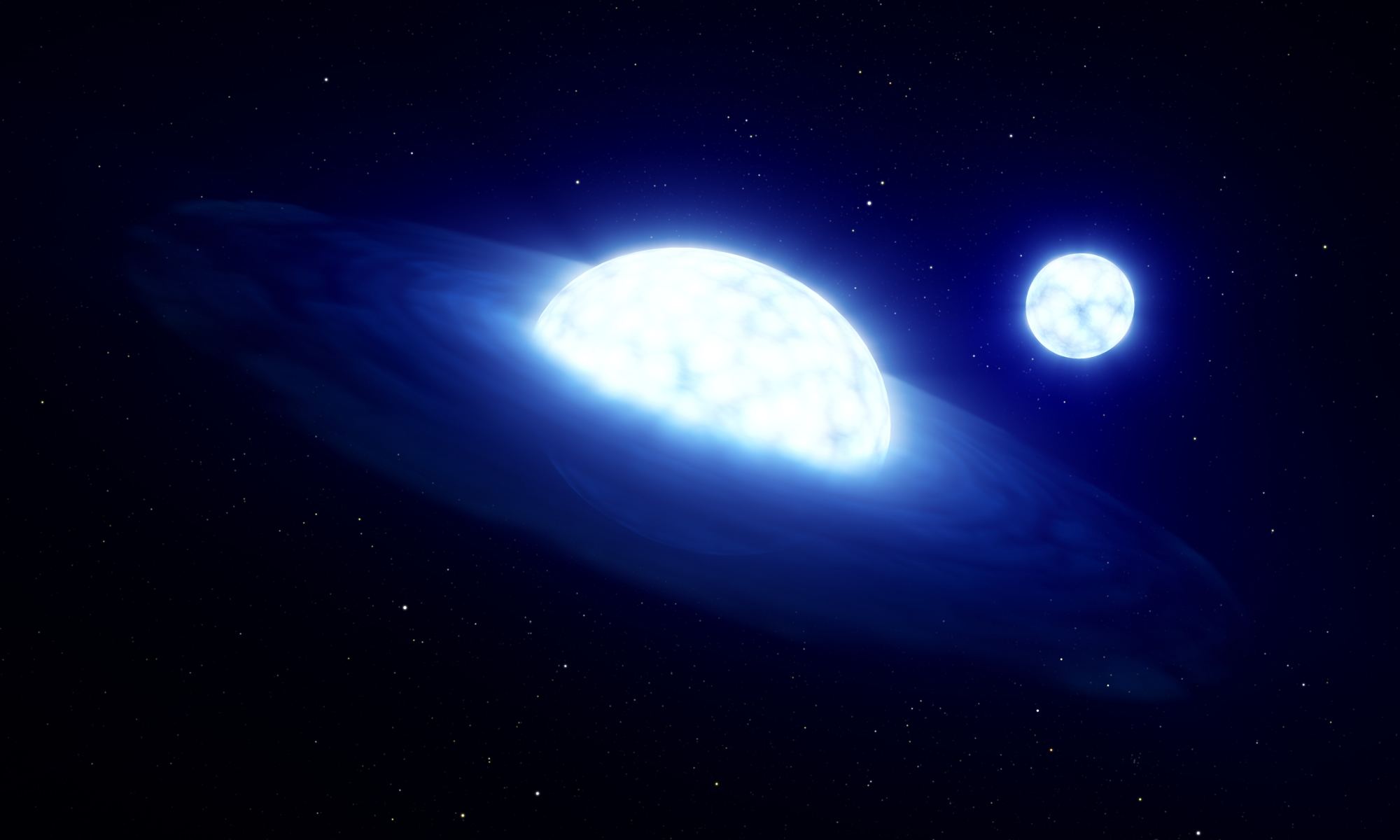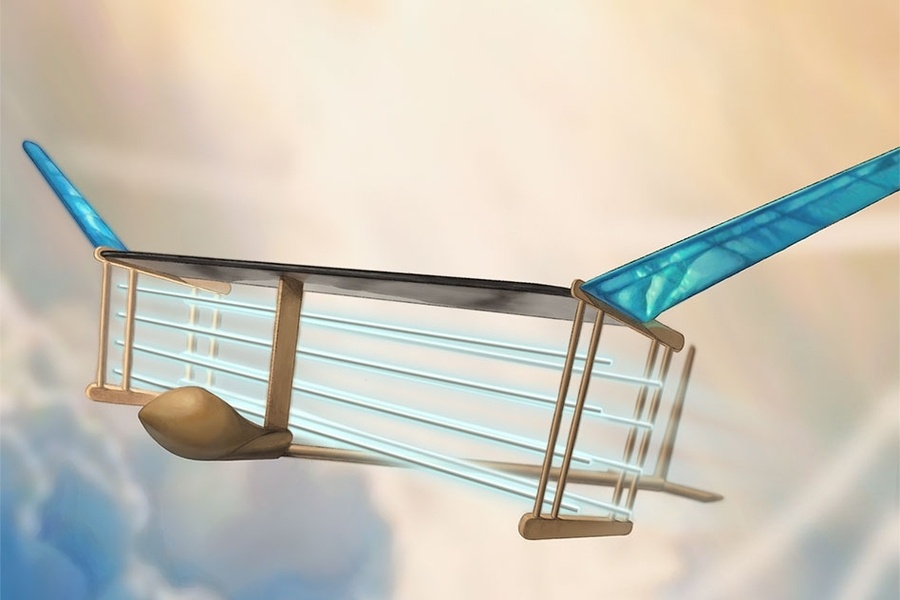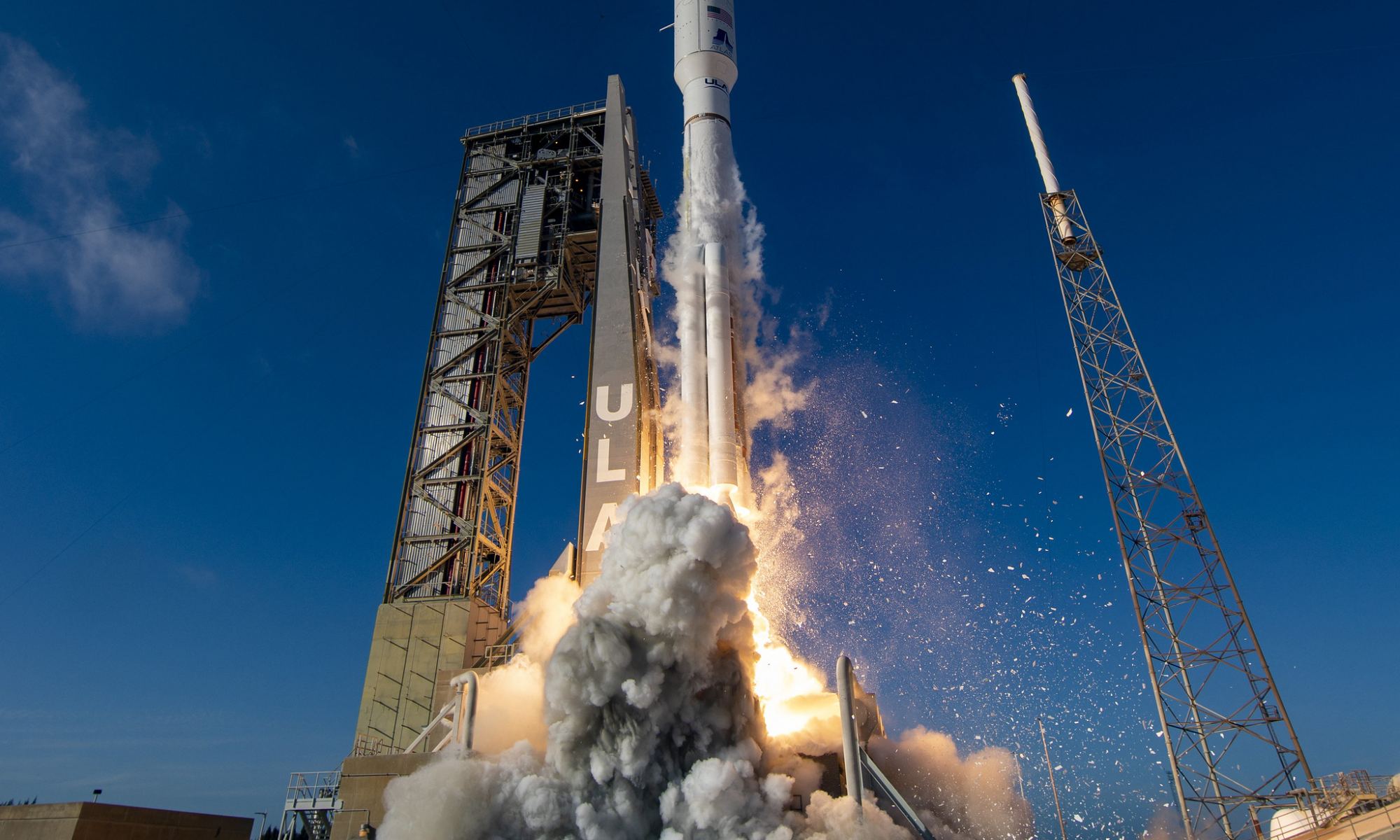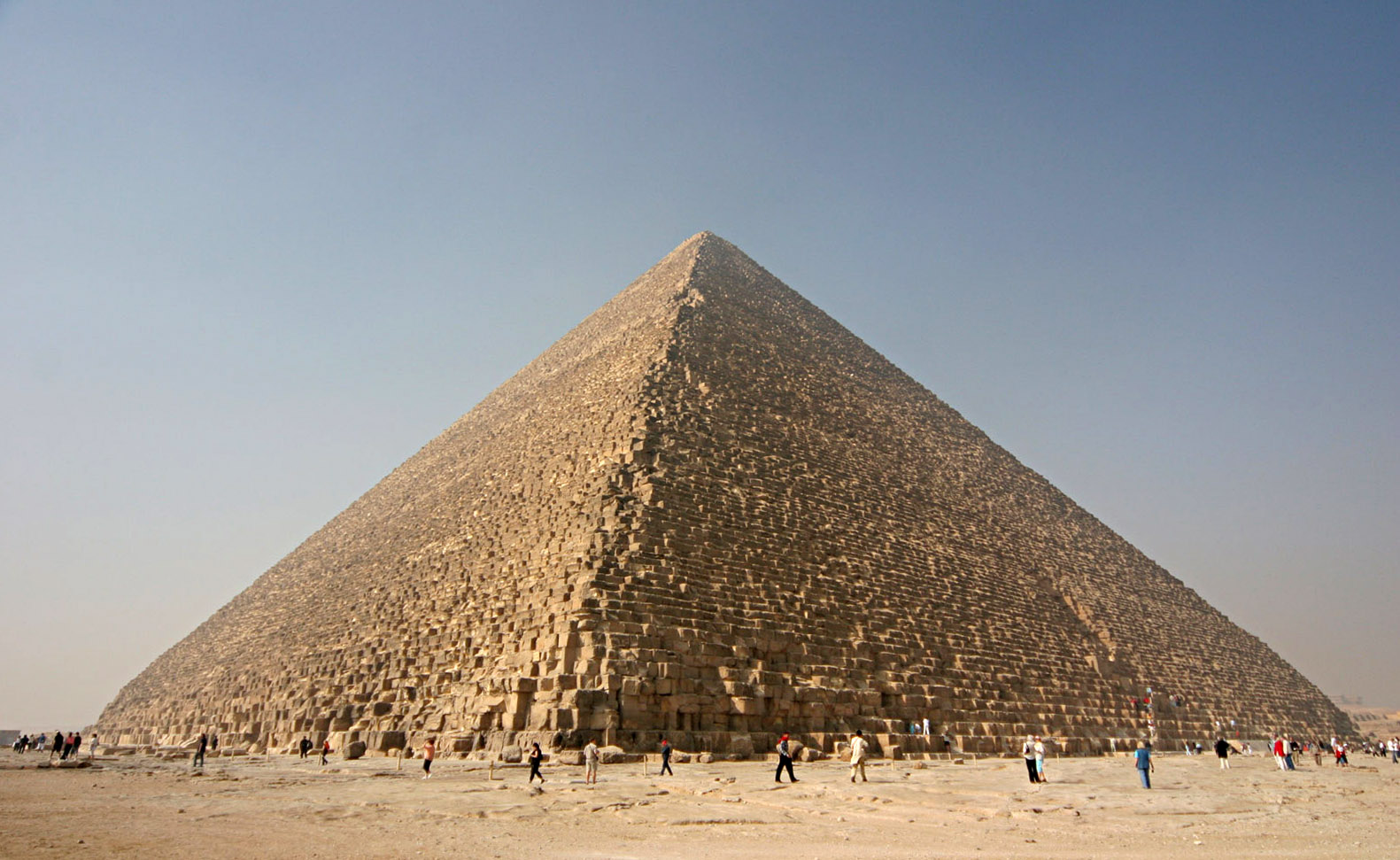How great are wheels, really? Wheels need axles. Suspension. Power of some kind. And roads, or at least swaths of relatively flat and stable terrain. Then you need to maintain all of it. Because of their cost many civilizations across human history, who knew all about wheels and axles, didn’t bother using them for transportation. Another way to look at it – much of human technology mimics nature. Of the simple machines, levers, inclined planes, wedges, and even screws are observed in nature. Why not the wheel?
Continue reading “Robots Might Jump Around to Explore the Moon”Robots Might Jump Around to Explore the Moon
